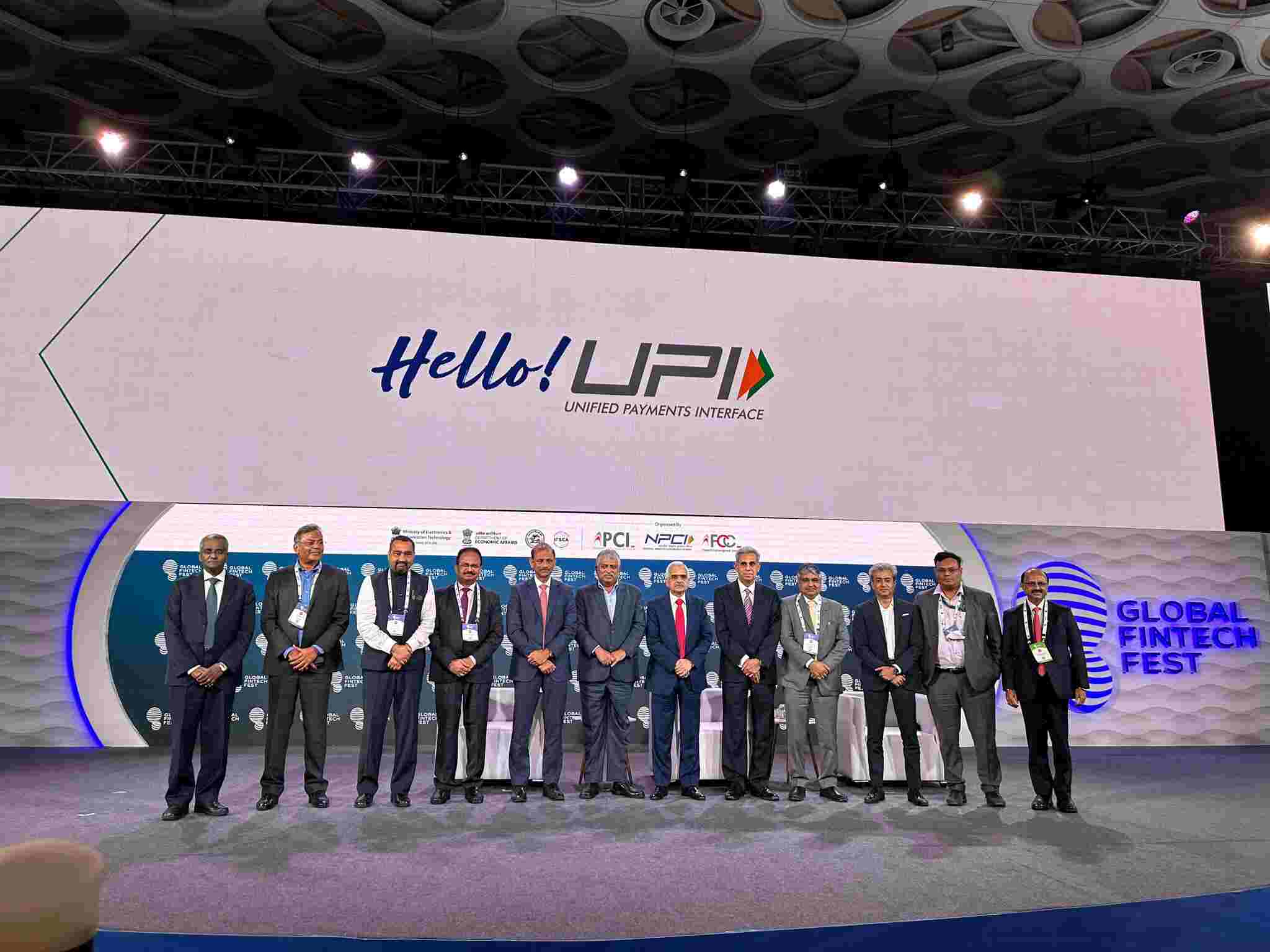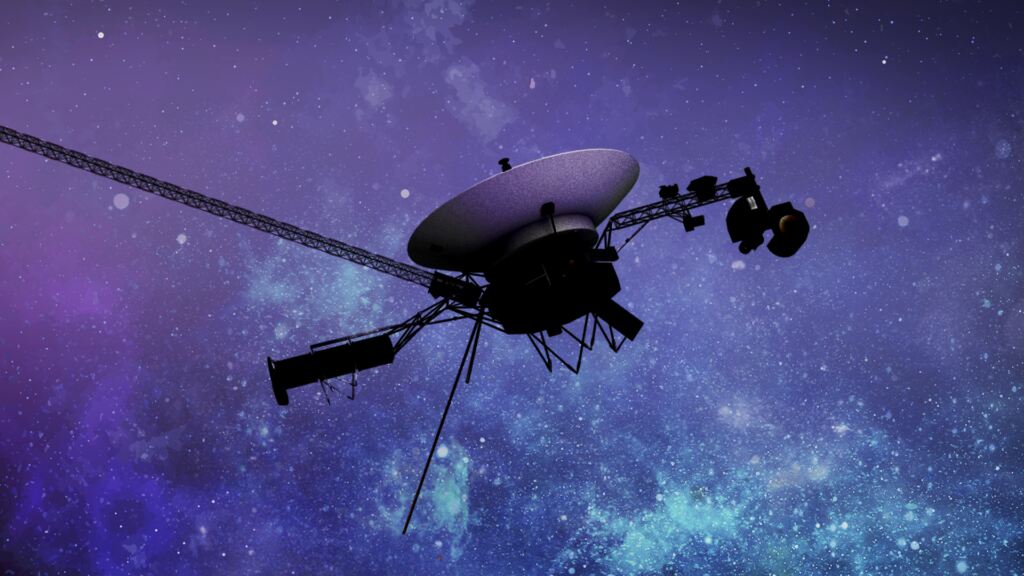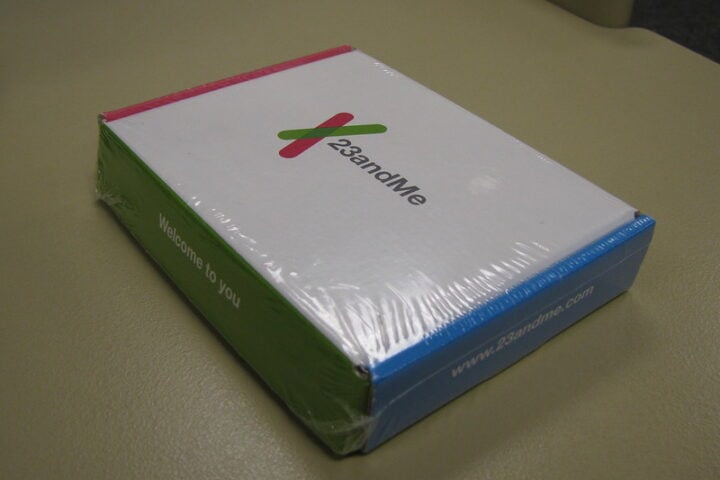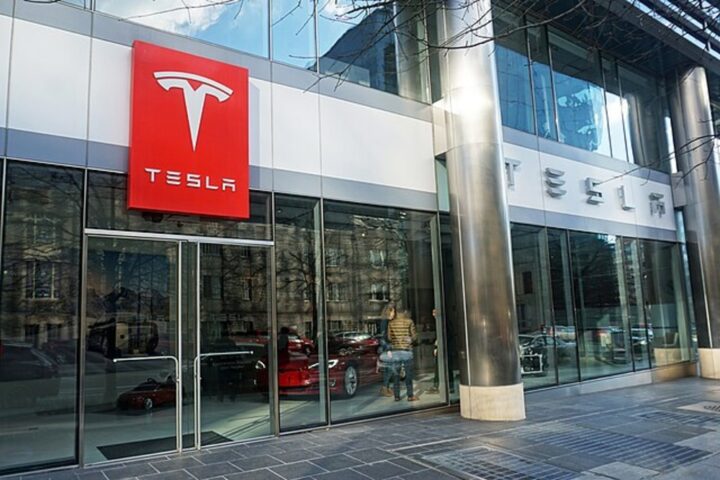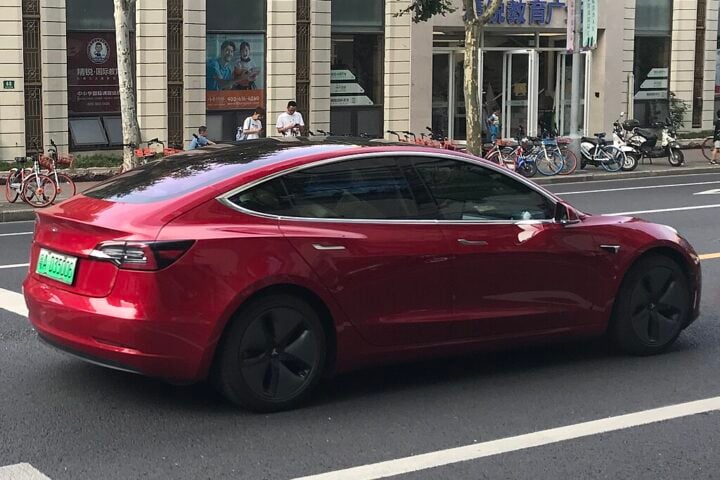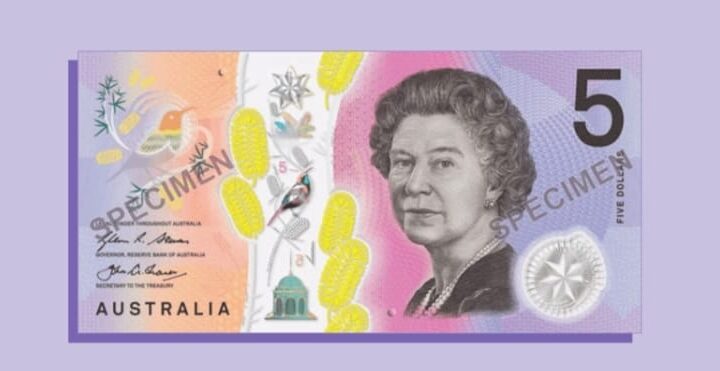UPI, or Unified Payments Interface, is India’s mobile-based fast payment system created by the National Payments Corporation of India in 2016. According to the Reserve Bank of India (RBI), the share of UPI in digital payments in India has approached close to 80% in 2023.
India has successfully navigated through rapidly evolving technological innovations, playing a pivotal role as a catalyst in this journey. RBI Governor Shaktikanta Das has credited this achievement to the nurturing of diverse payment systems within the country, including bill payments, merchant payments, vendor payments, transit payments, and recurring payments.
Retail digital payments in India have seen a dramatic increase, growing from 1,620 million transactions in the financial year 2012-2013 to over 14,726 million transactions in 2023-2024 (up to February 2024), marking approximately a 90-fold increase over 12 years. India now accounts for 46% of the world’s digital transactions as of 2022, according to the Governor. This extraordinary growth in digital payments is also reflected in the Reserve Bank’s Digital Payment Index (DPI), which has seen a four-fold rise in the last five years.
Similar Posts
The UPI system has become the most discussed fast payment system both in India and internationally, contributing significantly to the growth of digital payments in India. Its share in digital payments was close to 80% in 2023, with the volume of UPI transactions rising from 430 million in 2017 to 11,761 million in 2023.
UPI offers a user-friendly interface and facilitates QR (Quick Response) code-based payments. It has evolved to include advanced functionalities such as offline payments through near-field communication (NFC) technology (UPI Lite), payments through feature phones (UPI123 Pay), and AI-based conversational payments (hello! UPI). The progress of UPI has been significant, processing close to 420 million transactions a day. UPI enables customers to make round-the-clock payments instantly, using a Virtual Payment Address (VPA) created by the customer.
